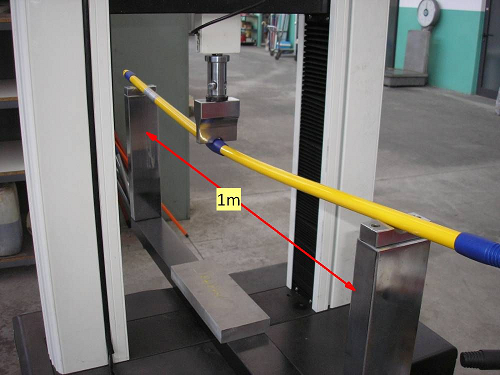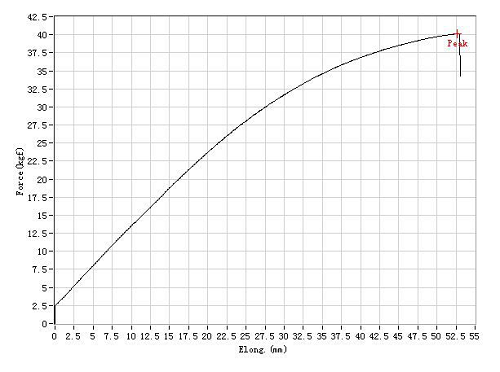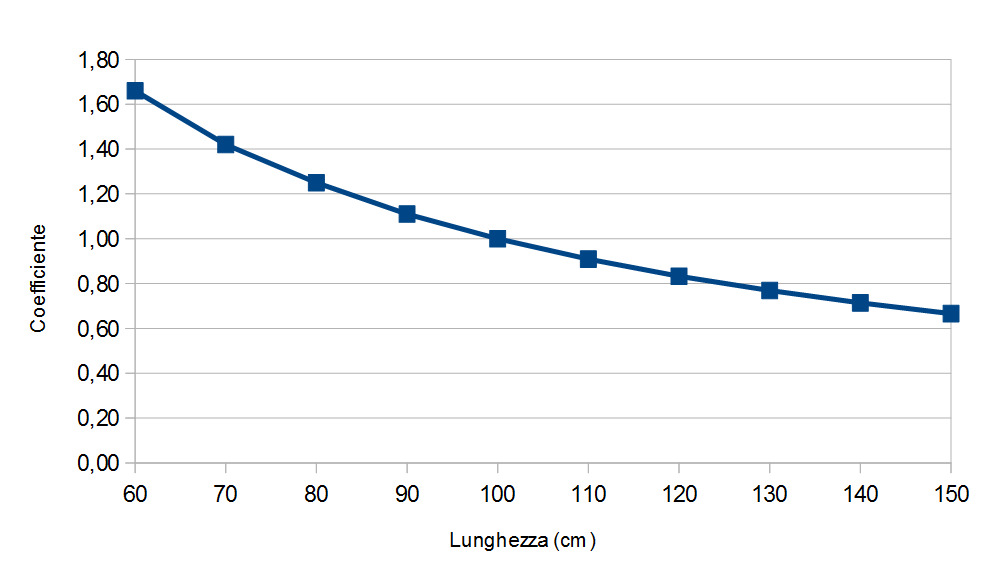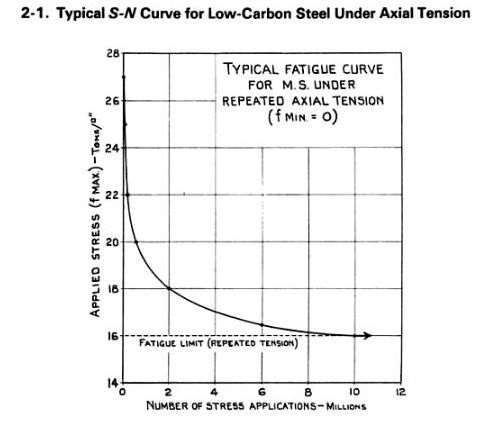Thickness and strength

FIMM produces its tubes with high-strength coldrolled steel with thickness from 0.20 to 0.45.
Standard thickness are: 0.20-0.23-0.25-0.28-0.34-0.40-0.45.
To each diameter and thickness corresponds a breaking strength that can orientate the selection according to the tool to be attached, the market and the application.
This table is orientative and we recommend to read all suggestions in this website and to consider all general technical and regulatory rules.
See also the safety warnings that are strictly related to this matter.
| Break resistance at flexural test |
|||
| with 1 mt span and central load (kg) | |||
| Diameter | 21 | 24 | 19 |
| Thickness | |||
| 0,20 | 19,2 | 15,0 | |
| 0,23 | 22,0 | 17,2 | |
| 0,25 | 23,9 | 30,3 | 18,6 |
| 0,28 | 26,6 | 33,7 | 20,8 |
| 0,34 | 32,0 | 40,7 | 25,0 |
| 0,40 | 37,4 | 47,5 | 29,1 |
| 0,45 | 41,7 | 53,1 | |
Important warnings:

The table gives the typical result of bending tests lead up to breaking; this value is variable depending on the commercial tolerances of thickness and mechanical strength of steel. The normal load to be applied during the use must be at least 2-3 times below the table values. This safety factor must be increased in case of intensive or professional use and when the application is not well known and controlled.

This is the typical load curve in a bending test. The first part of the curve is linear showing an elastic reaction, then it is bowed evidencing permanent deformation. It is clear that the load in a normal use must remain in the linear part then much lower than the yeld limit.

The standard test is made with tube on stands at 1m distance and load force applied in the center. This situation is fairly realistic as application of a 110-120cm handle used with a broom or mop.
Shorter lengths result in lighter stress and allow to select lower thickness, on the contrary longer lengths need stronger tubes.
This table gives an orientative factor showing how strength varies in relation to the length.

Fatigue is a little known but important factor.
The breaking resistance is given by a single bending test lead up to breaking. If we apply a smaller force but for repeated cycles breaking will happen after a certain number of cycles.
If the number of cycles is high breaking can happen even under much lower load compared with the single test. This explains why if the use is intensive and heavy enough the handle can break also not having received extreme stress.
When intensive or very prolonged use is expected, it is recommended to increase the level of strength.
This table gives idea of how the breaking point changes in relation to the number of cycles. In this example the load for infinite cycle resistance is 16 vs. 27, the reduction is 40%.

